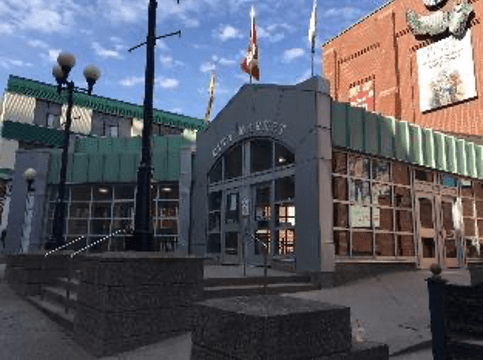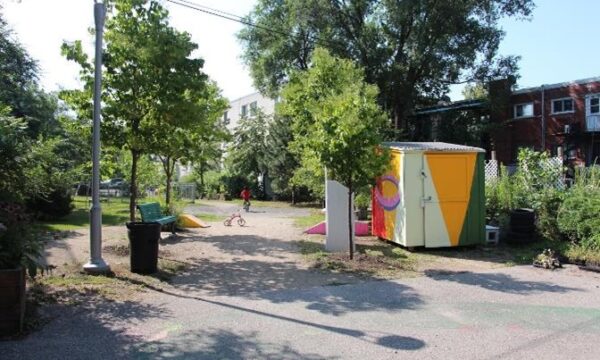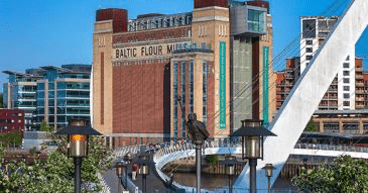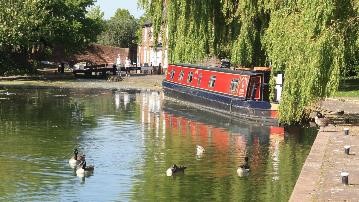Canals of Birmingham – United Kingdom
“I lived in Birmingham, United Kingdom, for two years. The place I would like to highlight are the canals that run through the city centre and extend out to other areas of the city and the countryside. There are more miles of canals in Birmingham than there are in Venice, Italy! The canals are fairly accessible, considering the canals were bult well before accessibility laws were put into practice. Many are paved and people with limited mobility can access many that are in the city centre. The canals also offer access to nature, as can been seen in the pictures provided. Trees, native pollinator plants, and wildlife are in abundance along the canals, and they are open to all members of the public. These spaces also offer alternate modes of transportation, including active transportation. Walking, running, cycling, and long boating are all popular along these waterways. I used to them to cycle to my work across the city-this was a wonderful way to start the day and a welcome change from the crowded busses. These canals offer the chance to greet people as you make your way to your destination, contributing to some much-needed social activity. The canals were also a place to meet, and in the city centre they were dotted with restaurants and cafes in historical buildings that were preserved and open to the public. Historical landmarks were sometimes highlighted with the use of signs or plaques, adding to the multifunctionality of these waterways and contributing to historical knowledge and preservation.
The canals are a truly a gem in the city of Birmingham, which was heavily bombed during WWll due to its industrial and munitions factories, leaving parts of the city empty of historical buildings and green spaces. While the canals were built in the past, we can emulate many of their characteristics in modern builds today: Access to nature and green space, opportunity for social inclusion, wildlife corridors and connections, places where wildflowers and native species can thrive and grow, active and environmentally friendly modes of transportation, and the ability to foster mental, emotional, and physical health in our population.” (Booklet Positive Lived Experiences of Quality in the Built Environment 2023, p.245).
Discover similar lived experiences




